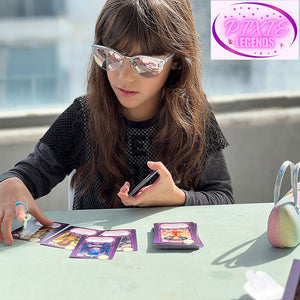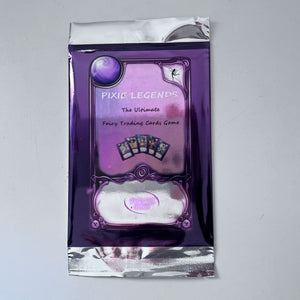Scottish folklore is rich with stories of fairies and other magical creatures, each with their own unique features and abilities. In this article, we will explore some of the top Scottish fairies and their characteristics.
The Brownie Fairy
One of the most well-known Scottish fairies is the Brownie. The Brownie is said to be a small, helpful fairy that is often found in homes or farms. They are known for their hardworking nature, and are said to perform household chores or farm work while the humans are sleeping. Brownies are often depicted as small, bearded men wearing brown clothing. They are said to be shy and reclusive, and will only show themselves to those they trust.
The Selkie Scottish Fairy
The Selkie is another famous fairy in Scottish folklore. Selkies are said to be seals that can transform into humans by shedding their skin. When in human form, they are said to be beautiful and enchanting, with a voice that can lure sailors to their deaths. Selkies are often associated with the sea, and are said to be able to control the waves and weather.
Kelpie and the Scottish Folklore
The Kelpie is a water fairy in Scottish folklore that is said to live in streams and lochs. Kelpies are often depicted as beautiful horses or ponies, but are known for their malevolent nature. They are said to lure humans, particularly children, onto their backs and then drag them into the water to drown. Kelpies are said to have the ability to change their shape and size, and are often depicted with a dripping mane or scales.
The Red Cap Scottish Fairy
The Red Cap is a type of Scottish fairy that is often associated with violence and bloodshed. They are said to inhabit old castles or ruins, and are known for their bloodstained caps and sharp claws. Red Caps are said to be particularly dangerous to humans, and will attack those who intrude on their territory. They are often depicted as small, ugly creatures with red caps and heavy boots.
The Blue Men of the Minch - Scottish Fairy
The Blue Men of the Minch are a type of fairy in Scottish folklore that is said to inhabit the waters between the Hebrides and the mainland. They are often depicted as tall, muscular men with blue skin and long, green hair. Blue Men are said to be able to control the weather and the seas, and are often associated with shipwrecks and drownings.
The Faerie Queen
The Faerie Queen is a powerful fairy in Scottish folklore that is said to rule over the other fairies. She is often depicted as a beautiful, regal woman with long, flowing hair and a magical aura. The Faerie Queen is said to be able to grant wishes and bestow blessings, but can also be a formidable adversary to those who cross her.
In conclusion, Scottish folklore is rich with stories of fairies and other magical creatures. Each fairy has its own unique features and abilities, and they often play important roles in the lives of humans. While some fairies are benevolent and bring good fortune, others are mischievous or even malevolent, and must be treated with caution. Despite their differences, each fairy in Scottish folklore contributes to the rich tapestry of magical creatures that make up the country's folklore and mythology.









